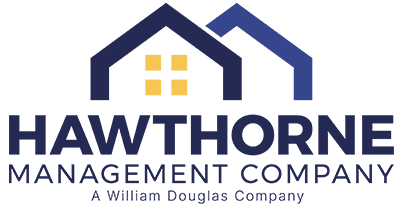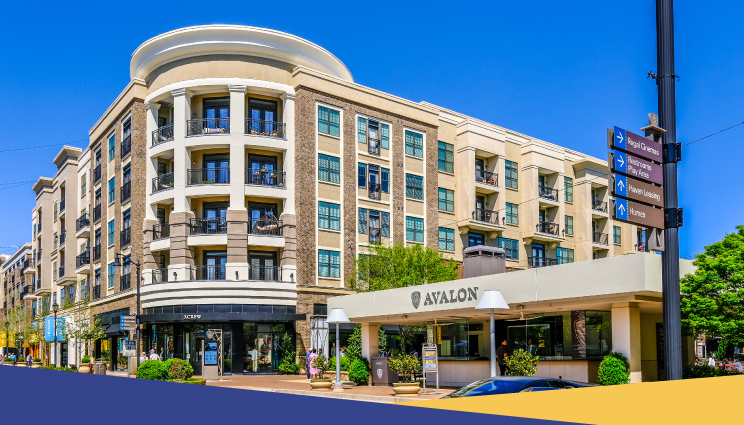If you’re in the market for real estate in an urban area, there’s a good chance you’ve seen listings that state the property is part of a PUD, or Planned Unit Development. While PUDs are part of an HOA, there are distinct features of a PUD many potential buyers might be unaware of.
What is a PUD?
A Planned Unit Development can be akin to a small, self-contained town. PUDs often take the form of a condominium building, but also include single-family and townhome communities. PUDs usually include several amenities and can include both residential and commercial units. A very common example of what a PUD could look like would be is a condo building with an attached grocery store either next to or under residential units.
How is a PUD Different from an HOA?
There are several similarities and differences between a PUD and an HOA. The fundamental difference between the two is a PUD is a zoning designation, while an HOA is an organization. So, while all PUDs are in an HOA, not all HOAs have a PUD.
What may attract owners to a PUD is that individual unit owners have ownership of their home, their lot, and the common area. The difference between an HOA-run condo townhome and a PUD townhome is who owns the land on which the structure sits.
In a typical condo situation, the association owns the land. In a PUD, the homeowner owns the land and is free to use the land when and how they wish. Although, as within any HOA community, there is a governing body leading the development, so the PUD may come with certain rules homeowners must abide by to maintain the outlined standards within the community.
Related: Beginners Guide to HOA Finance, Budgeting, and Accounting
A PUD is operated by an HOA and, as such, it is governed the same as any other HOA community. All residents are required to pay fees and abide by community rules. It is important for potential buyers to know that PUDs do not have to be approved by the Federal Housing Administration; only condominiums need FHA approval.
Pros and Cons to Both
The biggest pro of living in a planned unit development is the convenience. PUDs often include many private amenities, which go above and beyond the usual pool, gym, and parks. They may include a several stores, restaurants, privately owned roads, 24-hour security, or a variety of other services. Additionally, all common area maintenance is generally taken care of, which could include home exteriors and/or yards.
However, while a PUD homeowner owns the title to their home and property, they don’t have full autonomy to use the property the way they want. There are typically guidelines or restrictions pertaining to the home exteriors, parking, and pet ownership, among other things, although such guidelines may also apply to homes within an HOA. Homes in PUDs are often much closer to each other, compared to a traditional neighborhood.
Like an HOA, a PUD is also run by a group of volunteers. Furthermore, the community regulations unique to a PUD may seem restrictive to some homeowners.
If you’re planning to purchase new real estate, it’s important to understand the difference between a Planned Unit Development and a Homeowners Association to ensure that you purchase in the type of community that will best suit your needs. Potential property owners who want a wide range of amenities within their reach, and don’t mind living in a more packed in community will want to seriously consider acquiring property in a PUD.
If you’re looking for a new HOA management company for your association, contact Hawthorne Management Company today for a free quote. Also, be sure to visit our blog for more helpful articles covering commonly asked questions.


